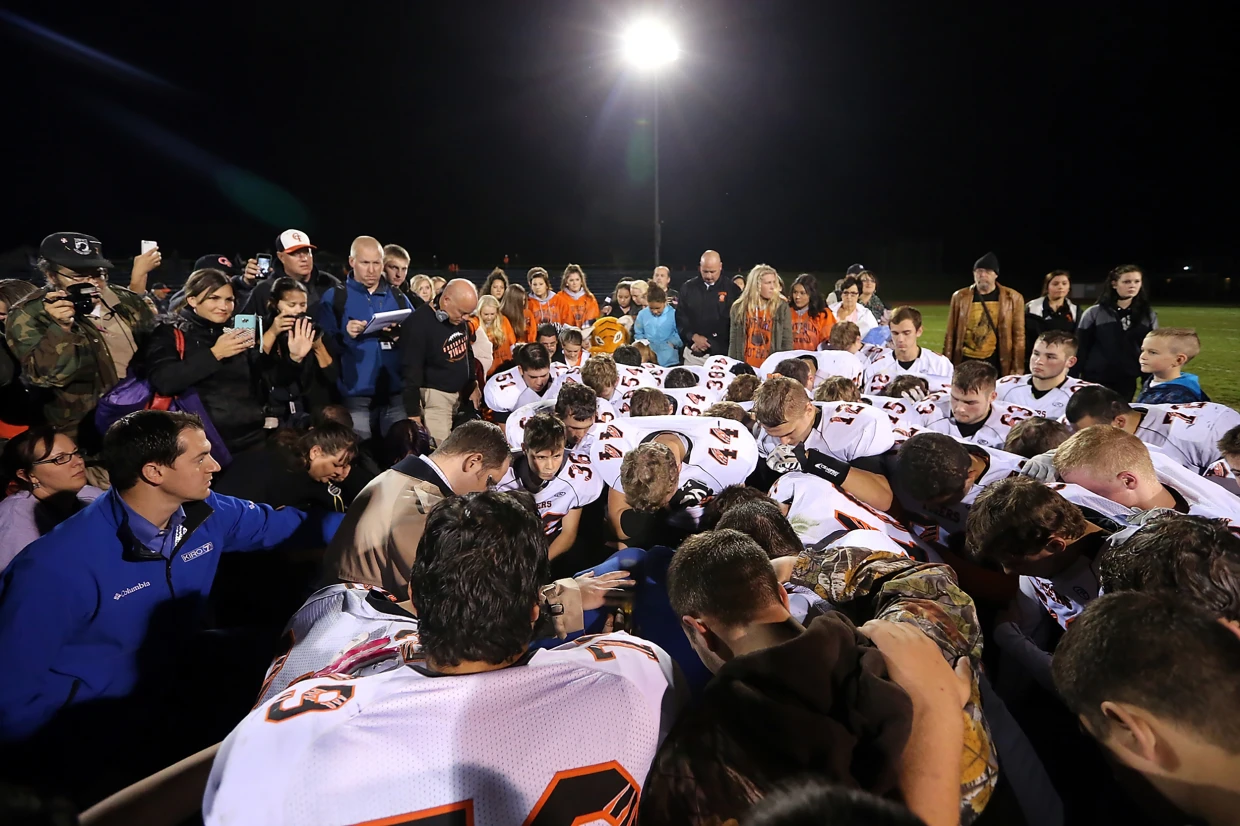Yizkor at Yom Kippur can be one of the most powerful moments of the High Holy Days and one of the most terrifying. High Holy Days often draw the largest crowds, and mourners in different stages of grief may be nervous about displaying their personal sorrow among hundreds.
Today, I thank Rabbi David Stern, the senior rabbi of Temple Emanu-El in Dallas, for teaching me about the beauty, power, and even the angst of yizkor. I left Dallas for Boston in 2004, but Rabbi Stern’s lesson of a decade ago remains with me. We should participate in yizkor no matter how fearful we are of reliving – and sharing – our pain.
As a member of the chorus, I sat in the chorus loft on Yom Kippur in October 2000 as Rabbi Stern, wearing the all-white robes of the High Holy Days, approached the bimah, his face solemn. Hundreds of congregants sat before him in the sanctuary. Our usually energetic, smiling rabbi seemed near tears as he was about to speak. Then 39, Rabbi Stern confided that for the first time, he was joining the company of mourners at yizkor on Yom Kippur. His mother had died the previous May.

Rabbi David Stern
“I have gone back and forth between dreading this yizkor service, and embracing it. … I have also gone back and forth between choosing to talk about my own grief or just keeping it my own,” he said. He would, he said, follow the advice his mother likely would have given him: to speak about his experiences only to the extent it could help others.
It seemed as if the rabbi spoke directly to me; as a writer, I had first resisted then embraced the idea of publicly sharing my grief as a way to help others figure out how to cope. I joined the rank of mourners in 1986 early in life – at age 21 when my 23-year-old brother was killed in a car accident. At the time, I was unschooled in most of the practices of my faith, unaware even of yizkor’s existence.
Rabbi Stern told us about the first Shabbat dinner with his family after his mother’s death. Overcome with grief, he was reluctant to say the candle blessing so he pushed his sister to do it. She got as far as “Baruch ata Adonai,” and stopped. Everyone at the table took a deep breath – and together the family finished the prayer. Then he started to lead the blessing of the wine and halted after the first three words. “We were in every way out of balance. (We had) a sense of emptiness and loss so sharp-edged that it took our breath and our words away. But we all stammered our way through the Kiddush, and then the motzi too, and sat down – what else? – to eat some more.”
Tears streamed from my eyes as the rabbi recalled how he struggled again a few weeks later to speak at another Shabbat dinner. But that time, he realized that stumbling over the words was “probably just right.” “Because in our grief, Baruch ata Adonai can be the hardest words to say – and sometimes they are the most we can say. … Because sometimes cursing feels more honest than blessing, and we don’t feel like blessing at all.” He spoke to my once-battered soul. For years after my brother’s death, I struggled to find comfort. Religion was no help. I could not pray. I did not know how to pray. I could only question why.
“The mourner’s speech,” Rabbi Stern continued, “is filled with pauses and ellipses – the dot, dot, dots that cover the moments when we need to take a breath and get composed again, when we need to try to believe again.”
God, he said, was present during even uncomfortable pauses in prayer. “Hear our fractured prayers, dear God. Be present in our silences on this Day of Awe. Be with us as we inch towards wholeness. And help us still dare to set tables of commitment and hope….”
Then, all of us stood and began the Mourner’s Kaddish. In the chorus loft, tears flowed. Near me, a woman who recently lost both her husband and son cried openly. She could not say the prayer, and I could not finish it, though it was 14 years after my brother’s death, and I was well acquainted with the words. Still, the moment, largely without words, felt more like praying to me than ever before. Around me, I sensed just how close many of us clutched memories of loved ones to our hearts. It did not matter whether we uttered one word or none at all during the Kaddish. It was okay to stumble.
Note: This post, excerpted from my yet-to-be-published memoir, also is published in this week’s Jewish Advocate.
Note: Photo of Rabbi Stern is from the Temple Emanu-El website.





Having lost my mother this past spring, I have recited the Kaddish–almost never in its entirety–on every Shabbat since. Those half-recited and filled-with-ellipses prayers hang in the pew at my own congregation and will, I know, be the remnant of my presence as well when my father, my sister and I leave the pew in my home congregation following this year’s Yom Kippur yizkor service. Many thanks for this new perspective.
Pingback: Ritual Smooths Salve on Long-ago Loss | RJ Blog